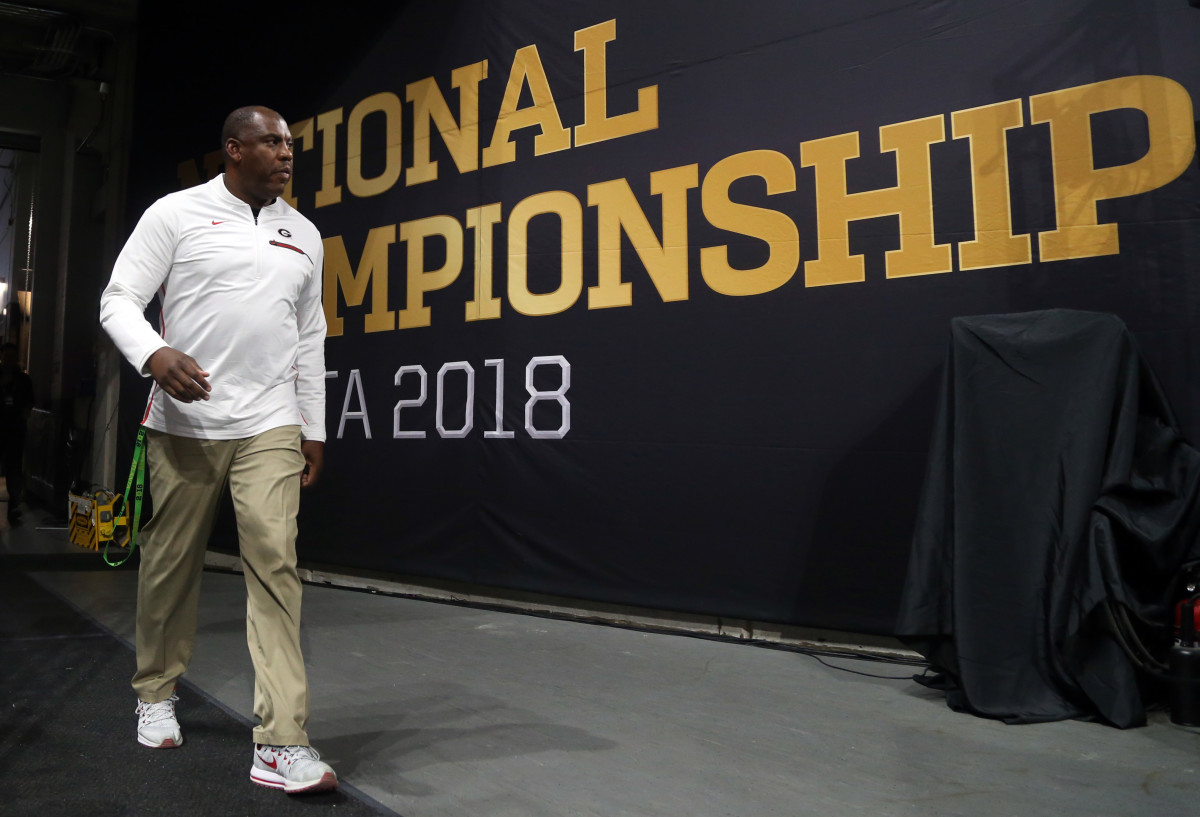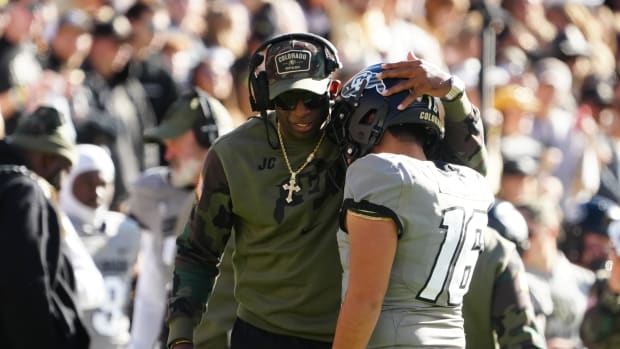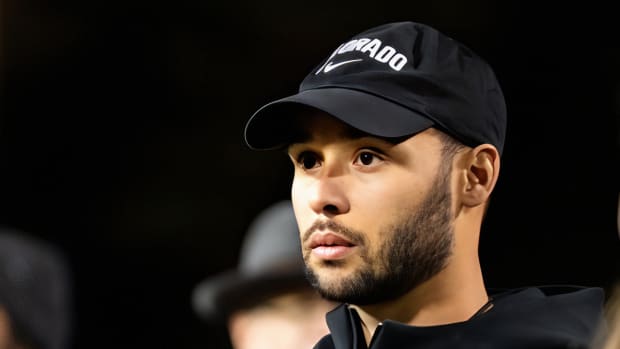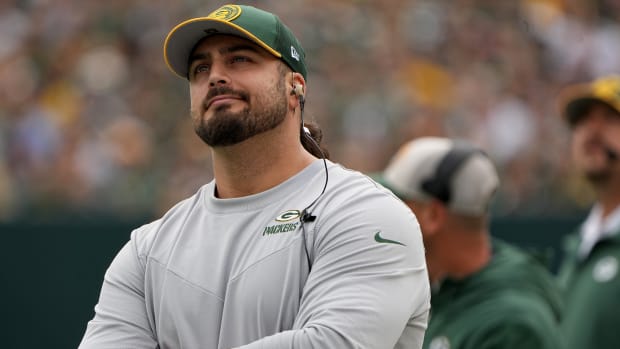The Colorado Football State of the Union (Based on the NFL)

There are plenty of ways to judge a college football program. For example, some people use "wins" or "championships" while others look more at things like "integrity" (or whatever).
The idea here is that one of the best generalized measures of the state of a college football program is to look at how many of its players are in the NFL. This is not a "groundbreaking idea" or even a "cool gimmick."
It is, however, useful. And as Colorado begins a new era with new coach Mel Tucker this season, it's a good time to make an honest evaluation of where the program is in what they call the "grand scheme of things," which a cruder person might phrase as "how much does this school suck or not suck?"
As it stands, there are 18 former Buffaloes in the NFL. This is not a strong number, except in comparison to schools like North Carolina A&T (4) and Kansas (8). Having 18 puts Colorado about even with Illinois (20), Kentucky (20), Oregon State (18), Purdue (17), USF (17), Texas Tech (17) and Northwestern (17). Maryland and Houston both have 22. Oklahoma State and Louisville both have 26.
Here's how it looks in the Pac-12:
USC: 48
Stanford: 43
UCLA: 39
Washington: 36
California: 34
Utah: 28
Oregon: 27
Arizona State: 22
Colorado: 18
Oregon State: 18
Washington State: 13
Arizona: 11
Some may disagree with my math on this, but I'd say this gives a fairly good representation of the last 4-8 years in a program's history. If you look at it that way, you see some pretty strong correlations between the numbers of players in the NFL and the success of the program.
From 2012-15, UCLA averaged 9.3 wins per year and went to six bowl games between 2011 and 2017 ... and now has 39 players in the NFL. You think of USC being down in recent years, but USC has four 10-win seasons since 2011, with a win in the Rose Bowl (2016) and a loss in the Cotton (2017). Stanford is averaging 10.4 wins per year since 2010. Washington has won at least 10 three years in a row.
Cal, I will grant you, is weirdly over-represented. Cal hasn't been better than 8-5 since 2008. But I think the correlation is obvious.
But what -- you are wondering -- is the point?
There is no "take" here, other than to say this is a sports example of which came first, the chicken or the egg?
[Joke I did not write, but don't know how to credit: A chicken and an egg are laying in bed. The egg rolls over, lights up a cigarette and says, "Guess we answered that question."]
Do college teams "get" NFL players (i.e. recruits) and, as a result, success? Or does success create NFL players? Does a safety go from "slow" to "a coach on the field" as a result of his team going from 4-7 to 8-5? Or does a "coach on the field" help propel a team from 4-7 to 8-5 (despite his rarely mentioned slowness)?
In more practical terms, how much does coaching have to do with this?
From covering college sports form the last, oh, 16 years, I can say a big part of the pitch from coaches to players at blueblood-type schools is that if you win big, everybody gets a piece. And that does seem to be true.
If it's that simple, then the whole thing is just recruit recruit recruit, it's not the Xs and Os it's the Jimmies and Joes and, as Joe Tiller said it to me once, "We (coaches) are all about as good as the guy taking the snaps."
There's a lot of truth to that. There's a reason Alabama is what it is and Iowa State is what it is, and it mostly has to do with the kind of high school football players you can find in Wetumpka against what you can find in Ankeny.
The way things have been in Boulder the last decade or so, Colorado is closer to Iowa State than Alabama. But that can change fast if you get some players.
Or is it the other way around?






